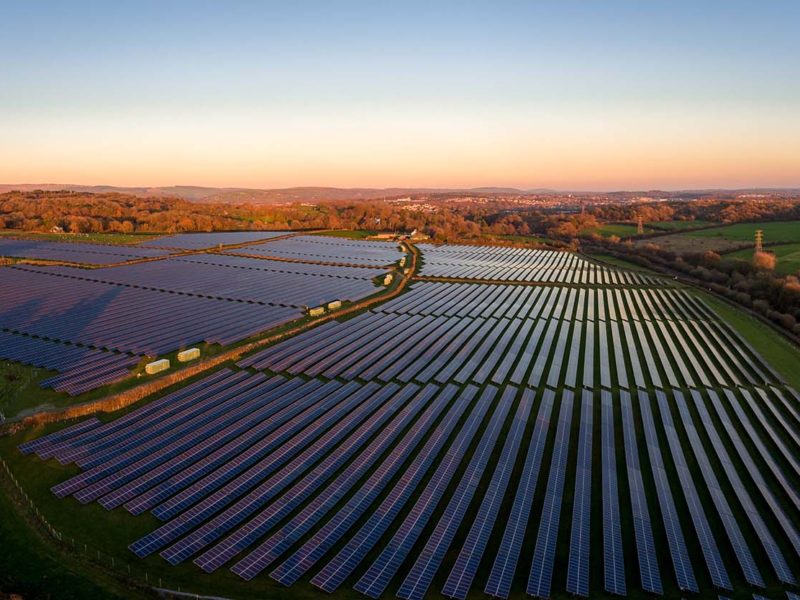New Renewable Energy & Sustainable Construction Hub

We are thrilled to announce that the brand-new Barbour ABI Renewable Energy and Sustainable Construction Hub is live!
The carefully collated selection of reports, which currently includes Utility Scale Solar Farms Market Report, Utilities Construction: Gas and Electric Market Report, Pump Market Report, Residential Central Heating Market Report, Space Heating Market Report, and the Water Heating Market Report provide in-depth analysis and forecasts for the renewable energy and sustainability sector, which includes market size and share and supply and distribution channels of sustainability within the built environment.
Each report delivers in-depth PESTLE analysis ensuring each subsection (Political, Economic, Social, Technological, Legal & Environmental) are summarised and then fully explored to enable us to showcase the main market influences and drivers for each market we report on.
Barbour ABI reports are available to help address the fundamental lack of data which is commonly used to assess markets. The information within our reports has been collated from a wide range of sources and include both primary and secondary research data. Our Utility Scale Solar Farms report uses a number of external sources such as: Solar farm developers and investment management companies’ websites, and solar energy and renewable energy funds annual and interim reports; BEIS’ Renewables Energy Planning database; BEIS’ Solar Photovoltaics deployment in the UK; Renewable energy media e.g. Solar Power Portal; as well as trade associations including Solar Energy UK, International Renewable Energy Agency, Renewable Energy Association, and Ofgem – Feed in Tariff Installation Reports.
Insight from our Utilities Construction: Gas and Electric market report surmises that while specific parts of the energy sector are regulated by numerous regulators, much of the energy market is regulated by Ofgem. Most of the energy market is privatised; generation and supply are competitive, and transportation through networks is regulated as the operators are monopolies. Energy policy of successive governments has been designed in line with three broad aims: decarbonisation of energy generation, ensuring energy security and minimising the cost of electricity to consumers. Energy security refers to security of supply to meet the energy consumption. Because domestic production of electricity and gas does not cover all of the UK’s energy consumption, the UK is a net importer of electricity, gas and oil. All of which we are closely monitoring at present with the continuing increase in energy bill at consumer level and the price cap increase from Ofgem.
If you are looking to integrate renewable technologies into your business and want to understand how your business can develop more sustainable materials or construction methods Barbour ABI are committed to supporting construction companies develop more sustainable practices and gain a deeper understanding of renewable energy sources. Through the use of our market reports, we ensure you are given the tools to understand your market on a deeper level and empower you to grow through strategic decision making.
The construction industry is one of the largest consumers of natural resources and so is perfectly placed to help achieve local and global sustainability and renewable goals.
Recent Posts
- Key Trends and Market Dynamics in the UK Bricks, Blocks & Precast Concrete Sector
- Navigating Market Volatility: The Future of the UK Kitchen and Bathroom Distributors
- UK Kitchen and Bathroom Distribution: Growth, Challenges, and Opportunities
- Diesel Dominance and the Rise of Green Alternatives in the UK Generator Market
- From Diesel to Hybrid: Barbour ABI Maps UK Generator Hire Market Evolution
Categories
Archives
Share
Featured Report
-

Utility Scale Solar Farms Market Report UK 2022-2026
£1,499.00 Exc. VAT Add to BasketThe first in a new series of reports on renewable energy which will also include one on commercial & industrial roof-top solar. It provides an analysis of the development pipeline, key stakeholders (owners, investors and de...


